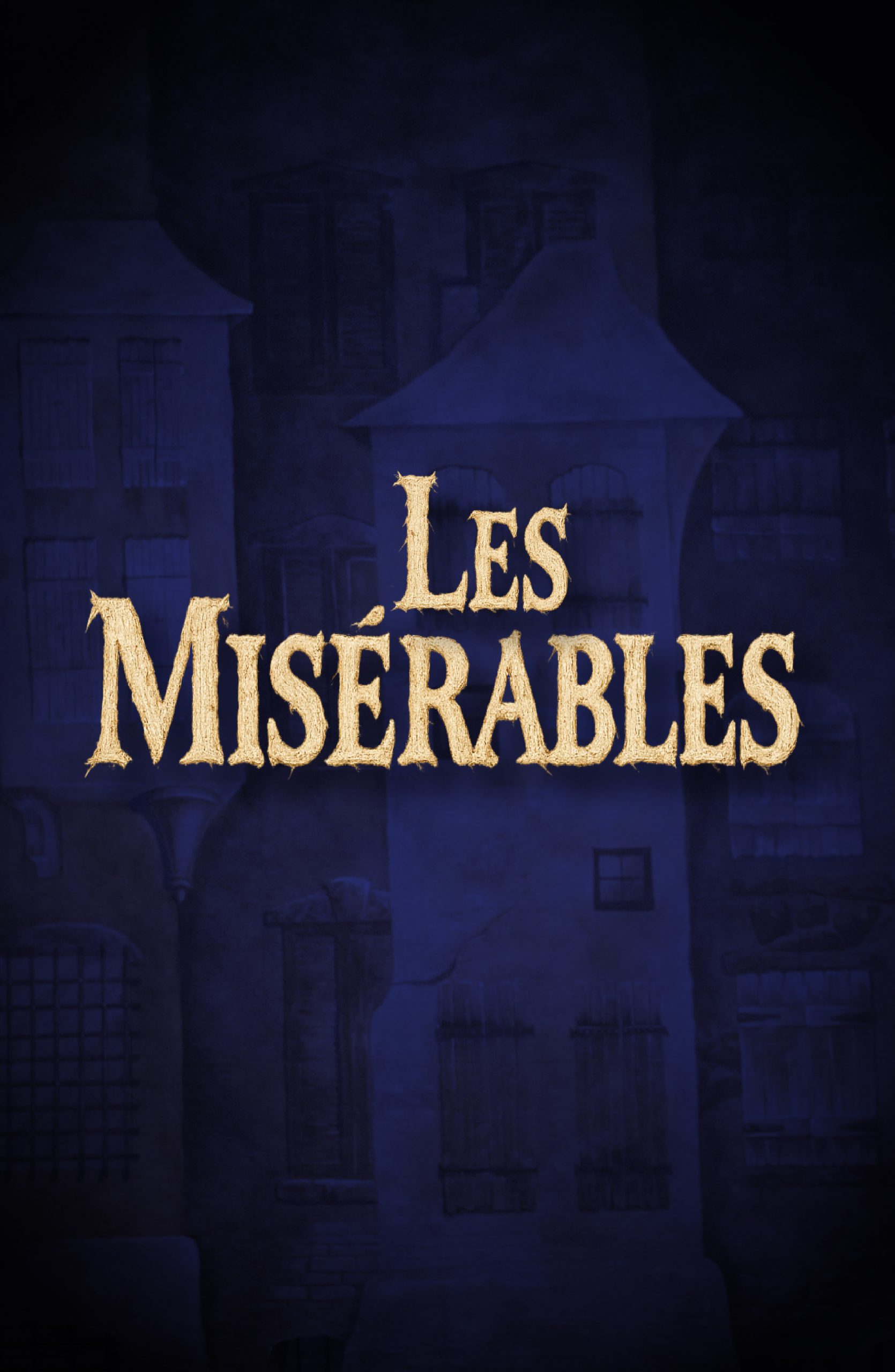
August 11-20, 2017
Music Theatre Wichita becomes one of the first regional theatres in the nation to create its own brand-new version of the megahit show Newsies, featuring spectacular dances, catchy songs, and the compelling true story of resilient newsboys at the turn of the 20th century.
At the beginning of the 20th Century, according to historian Russell Freedman, more than two million American children under the age of 16 were part of the work force. Many of them worked twelve hours or more a day, six days a week, for pitiful wages, and under unhealthy and hazardous conditions.
In some ways the children who sold daily newspapers were the lucky ones. They were not trapped in sweltering factories at dangerous machines, or breathing dust in dark coal mines. They were outside, with sunlight and air, and the requirements of their job encouraged entrepreneurial thinking and individual showmanship.
But theirs was not an easy life. City streets were dangerous, and many of them were orphans or from impoverished families. Many slept in alleyways, banding together for warmth and protection.
Millionaire publishers Joseph Pulitzer and William Randolph Hearst ran the two biggest newspapers, the World and the Journal, employing children to sell their papers. During the recent Spanish-American War, both newsmen had greatly expanded coverage, hiring war correspondents to feed the public’s hunger for the latest developments. Costs for the publishers had gone up, but so had circulation. Newspaper sellers worked longer hours, from morning until night, but their wages went up, too.
Pulitzer and Hearst, reluctant to pass their increased costs on to customers, instead took it out on the more vulnerable newsboys. Customers still paid one cent per newspaper, but the wholesale price the newsboys paid for the paper rose from fifty to sixty cents per hundred. Still, with so many papers being sold, the “newsies” could live with it.
When the war ended, however, newspaper sales dropped back to former levels. With their already slim profit margin severely reduced, the angry kids demanded their costs be rolled back to the pre-war rates, but the publishers refused.
On July 19, 1899, under the leadership of a charismatic young man called “Kid Blink” (because he wore an eye patch over one eye), the newsies held a huge rally in City Hall Park, announcing a strike of all newsboys in Manhattan, and encouraging the newsies in all other boroughs to follow suit. The kids made passionate speeches, sang songs, and printed handbills that said “Help us in our struggle to get fair play by not buying the Journal or the World.”
The publishers responded roughly by hiring scabs and goons to break up the boys’ rallies, but the strike spread from Manhattan to Brooklyn to Harlem to Battery Park, and across the river to Long Island City and Newark, even shutting down all traffic on the Brooklyn Bridge.
The other New York newspapers gleefully and sympathetically covered the newsboys’ activities, which climaxed with a gathering of 5,000 newsies on July 29 at New Irving Hall on Broome Street.
On August 2, Pulitzer and Hearst conceded defeat. Circulation had been cut by two-thirds and losses had been “colossal.” A compromise agreement was made with the newsies, and the two-week strike ended.
This historic event, propelled entirely by young people, proved to be an important milestone in America’s progress toward more enlightened views of child labor.
Screenwriters Bob Tzudiker and Noni White were captivated by the story, and pitched it to the Disney Company as a dramatic film. But Disney was enjoying huge success with the recent releases of The Little Mermaid and Beauty and the Beast, both of which boasted songs by Alan Menken, so the studio made the controversial choice to film Newsies as a live-action musical. (Movie musicals had bombed at the box office throughout the 1980s. Also, 17-year-old British actor Christian Bale, cast as ringleader Jack Kelly, had never sung or danced.)
The film, directed and choreographed by MTV music video veteran Kenny Ortega (who would later strike gold for Disney with the High School Musical series), opened in 1992 and promptly crashed. Made for 15 million dollars, it earned only 2.8 million at the box office.
However, a cult began to develop around the film. With a scrappiness befitting its leading characters, the movie refused to die. The soundtrack album was a hit, and VHS copies of the film were passed from one generation of teenagers to the next — especially by girls who loved seeing all those boys dancing.
Unauthorized stage productions started showing up, and the Disney Company was besieged with requests for a proper stage version that could be done at schools and community theatres.
Disney Theatrical finally agreed, and despite having no aspirations to Broadway for this property, they assembled a dream team of collaborators. The film’s original songwriters Alan Menken and Jack Feldman were asked to update and expand the score, and Tony-winning librettist Harvey Fierstein was hired to craft the book.
Intending only to create a viable new stage property for regional and community theatres, Disney Theatrical launched Newsies in a sparkling and energetic production at the Paper Mill Playhouse in Millburn, New Jersey.
Audiences and critics were ecstatic, including a reviewer for the New York Times. The original run was extended, and Broadway’s Nederlander Theatre was booked for a “limited” spring engagement. After undergoing some judicious rewrites and gaining a few new songs, Newsies premiered on Broadway to rapturous response, and ran for two and a half years before going on a two-year tour. Nominated for eight Tony Awards, including Best Musical, the show won two for Score and Choreography.
A good portion of the stage version’s success stemmed from the rethinking of the main female characters. In the original 1992 film, a sympathetic reporter played by Bill Pullman helps the newsies by publicizing their efforts. When the newsies need a public gathering place, they choose the theatre run by Medda Larkson, a Swedish stage star played by Ann-Margret. Toward the end of the film, Jack Kelly begins a mild romance with the sister of his friend Davey.
For the 2012 stage version, Davey’s sister and the helpful reporter were combined into the new character of Katherine Plumber, a fiercely independent and strong-willed young woman who longs to make her name as a journalist, and who becomes a worthy sparring partner and romantic interest for Jack Kelly. Katherine’s character was partially based on the real-life investigative journalist Elizabeth Jane Cochrane, who wrote under the pen name of Nelly Bly.
And stage star Medda got a new last name, Larkin, and heritage, basing her on Aida Overton Walker, a well-loved African-American star of the Bowery stage, who used her celebrity to benefit young black women striving to make a name for themselves.
Now, at last, Newsies is beginning to be released into the markets for which the Disney Company originally imagined it. We are proud to be one of the first to produce this amazing show, and we’re very excited that our cast includes veterans of Broadway shows and the Newsies National Tour, interacting with a supremely talented resident company of singer-actor-dancer-athletes, plus 41 talented teens and kids from our community. This 75-member company is able to enrich the story with a scope and authentic age-range not possible on Broadway. Also, in a departure from the original production, we have included a good number of visibly female newsies. (In 1899, ten to fifteen per cent of the news sellers were girls.)
This rich and entertaining show, with its athleticism, its emphasis on youth, and its uplifting outlook, seems to us the perfect way to end the 2017 Music Theatre Wichita season.
Thank you for coming! We hope to see you next year.





225 W. Douglas, Ste. 202
Wichita, KS 67202
316.265.3107
office@mtwichita.org

Join the MTWichita e-mail list or change your contact preferences to receive exclusive offers, show updates, opportunities, and important notifications.